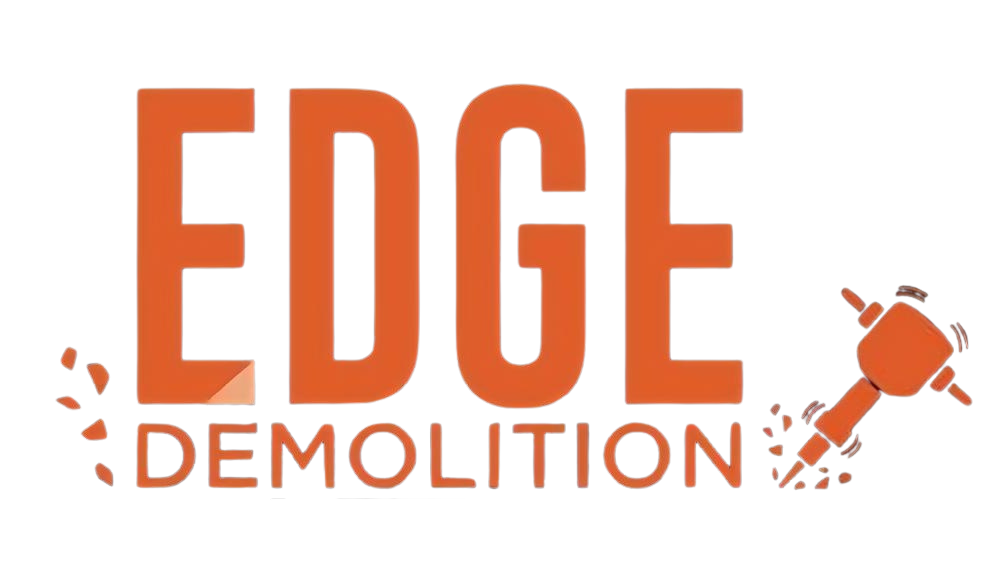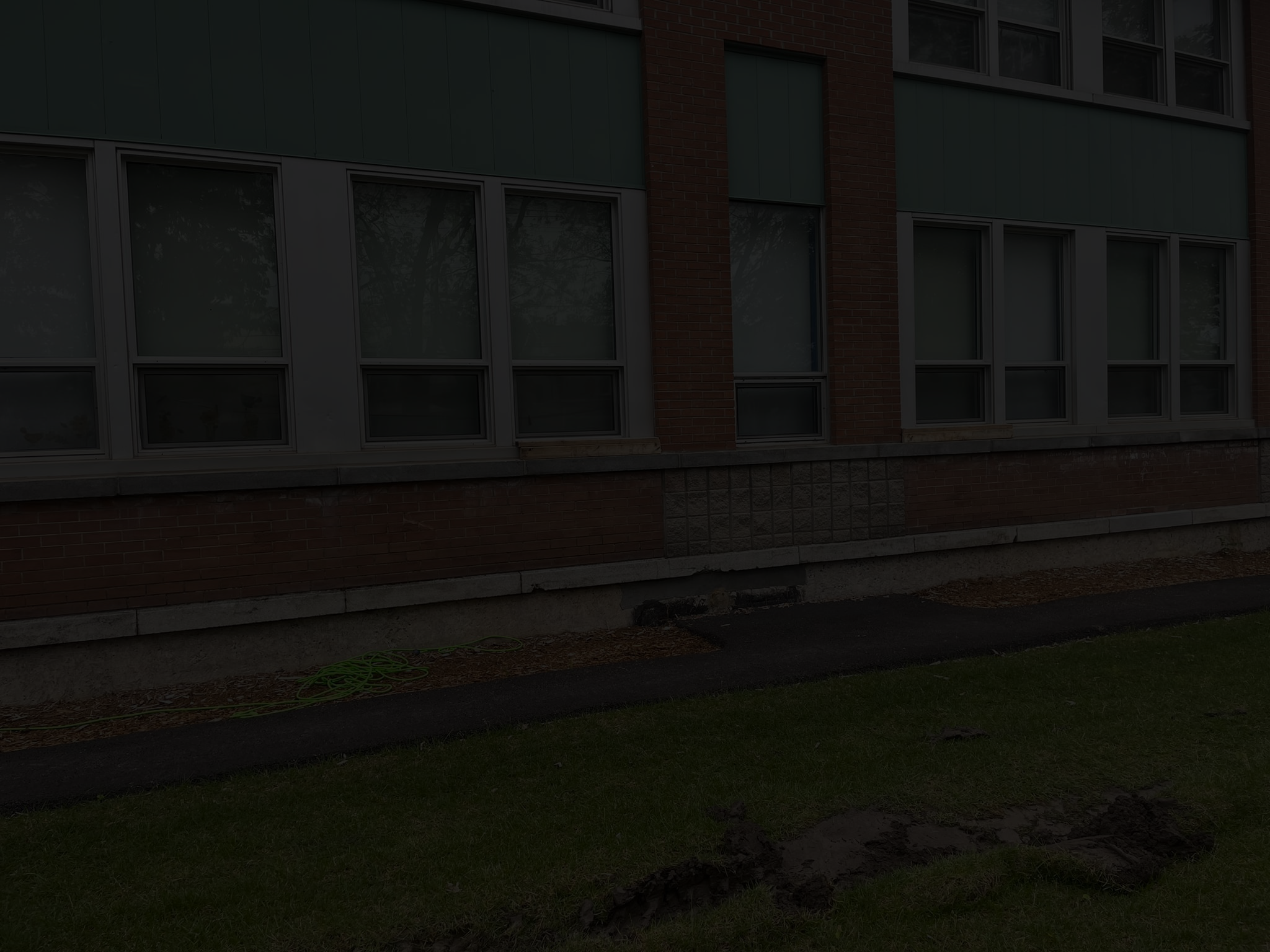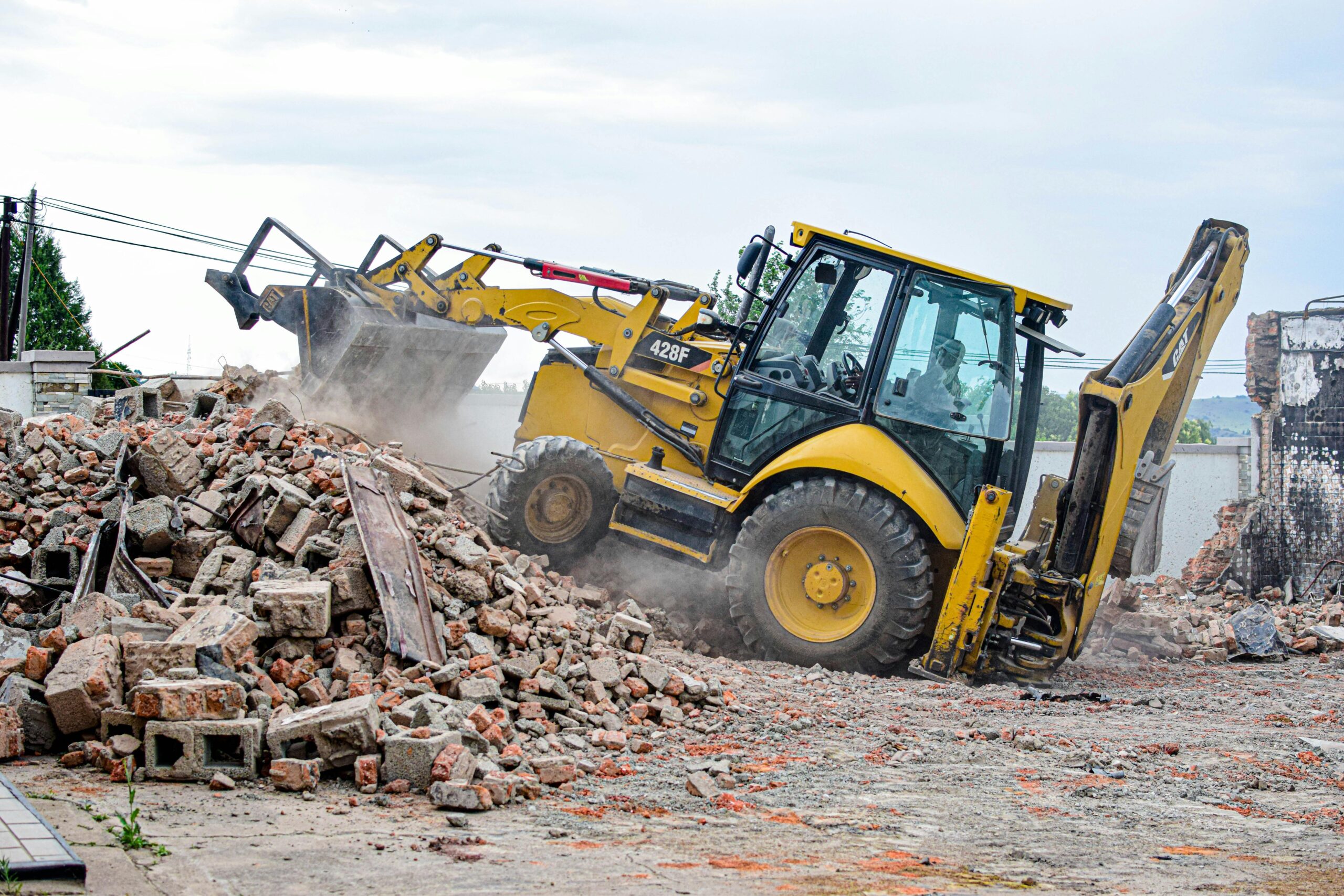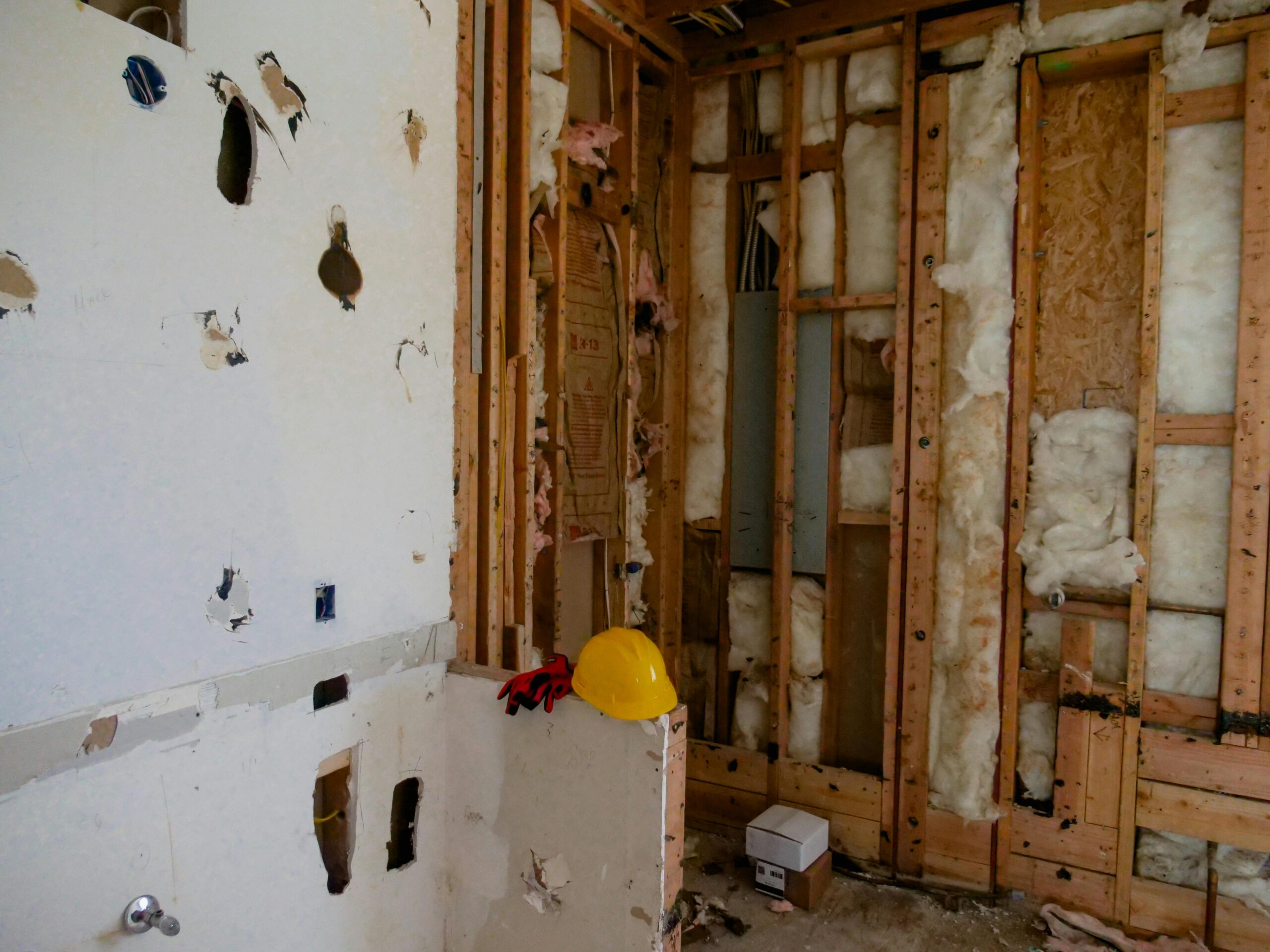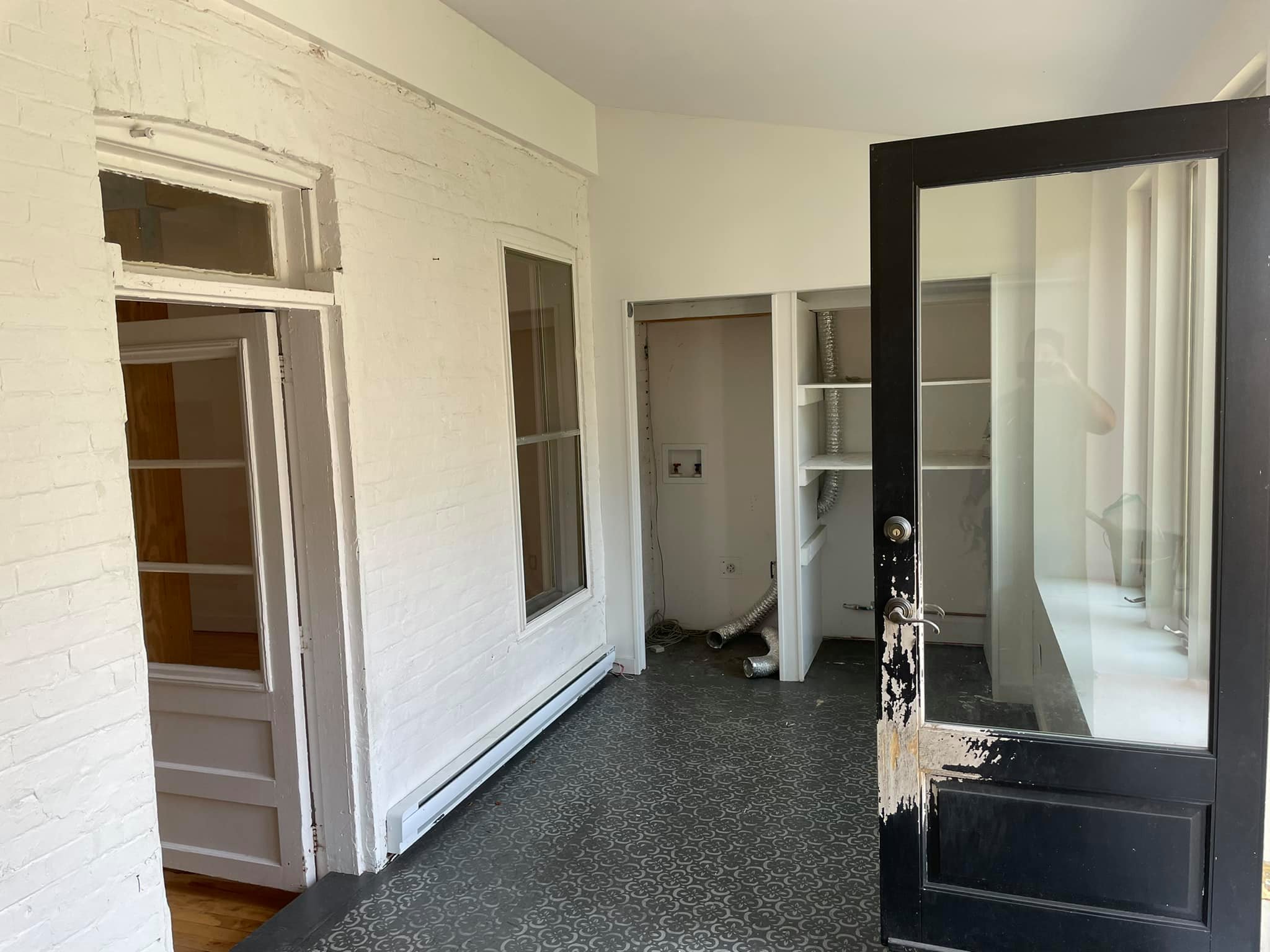
Residential demolition is often the hidden hero behind many of the modern homes, neighborhoods, and communities we see today. Whether it’s clearing space for a new build, tearing down unsafe structures, or preparing for a home renovation, residential demolition plays a crucial role in shaping living environments. Unlike commercial or industrial demolition, residential projects require a unique blend of precision, attention to detail, and often a more personal touch. In this blog, we’ll dive deep into the world of residential demolition, exploring the process, considerations, and how it contributes to transforming homes and communities.
When and Why Residential Demolition is Necessary
Homeowners and developers might choose residential demolition for several reasons. One of the most common is to make way for a new home on an existing plot. In areas where land is scarce, tearing down an old structure is often more cost-effective than purchasing new land. This allows homeowners to build their dream home while staying in a desirable neighborhood or location.
Demolition is also a necessary step in cases where buildings are unsafe or beyond repair. Older homes may suffer from structural damage, termite infestations, or outdated systems that make renovation impractical. In some instances, environmental factors like mold or asbestos contamination may also warrant a full demolition for the health and safety of future occupants.
Another reason for residential demolition is to support home renovations or extensions. Selective demolition is often used to remove specific parts of a home, such as a garage or an old wing, while preserving the rest of the structure. This allows homeowners to modernize or expand their living spaces without having to move.
The Residential Demolition Process: Step by Step
Although residential demolition may seem like a straightforward process, there’s much more involved than simply knocking down a house. Let’s take a closer look at the step-by-step process that ensures a safe, efficient, and successful demolition.
- Initial Inspection and Planning
Before any demolition can take place, a thorough inspection of the property is necessary. This includes checking for hazardous materials such as asbestos, which is common in older homes. If asbestos is found, specialized removal teams are called in to safely remove it before demolition begins.
The planning stage also involves obtaining the necessary permits from local authorities. Different regions have specific regulations regarding demolition, and failure to comply can result in fines or project delays. It’s essential to work with a demolition contractor who is familiar with these rules and can handle the permitting process on behalf of the homeowner.
- Disconnecting Utilities
Safety is a top priority in residential demolition. Before any work can begin, all utilities—such as water, electricity, and gas—must be properly disconnected. This step ensures that there are no accidents during the demolition process, such as fires or flooding.
- Salvaging Valuable Materials
One of the key trends in modern demolition is material salvage and recycling. Before the actual demolition begins, many contractors will carefully remove valuable materials such as doors, windows, hardwood flooring, and fixtures. These materials can either be reused in new construction projects or sold, contributing to a circular economy and reducing waste.
- Demolition Methods: Full or Selective
Depending on the project, demolition can be either full or selective. Full demolition involves tearing down the entire structure, typically using heavy machinery such as excavators or bulldozers. In some cases, if the home is in a densely populated area, more controlled techniques like manual demolition or implosion may be used to minimize impact on surrounding properties.
On the other hand, selective demolition is used when only part of a house needs to be removed. This method is common in renovation projects where a homeowner may want to remove an old garage or extension while keeping the main structure intact. Selective demolition requires precision and care to ensure that the remaining parts of the house are not damaged during the process.
- Debris Removal and Site Cleanup
Once the demolition is complete, the site needs to be cleared of debris. This involves sorting through materials to determine what can be recycled or reused. Items like concrete, wood, and metal are often separated and taken to recycling centers, while the rest is disposed of according to local regulations.
Site cleanup is an essential part of the demolition process, especially if new construction is set to begin. Contractors ensure that the ground is leveled and ready for the next phase of development, whether it’s a new build or landscaping.
Challenges in Residential Demolition
Residential demolition is not without its challenges. One of the most significant factors is the close proximity of neighboring homes in suburban or urban areas. Unlike large commercial or industrial projects, residential demolition often takes place in tight spaces where minimizing impact on neighboring properties is critical.
Noise, dust, and vibrations from demolition can be disruptive to the surrounding community. To mitigate these effects, contractors use advanced techniques such as dust suppression systems, which spray water over the demolition site to reduce dust particles in the air. Noise barriers and careful planning also help ensure that the project doesn’t negatively affect the neighborhood.
Another challenge is managing hazardous materials. Older homes may contain harmful substances like lead paint, asbestos, or mold, all of which require special handling and disposal. Working with an experienced demolition contractor who is equipped to safely remove and dispose of these materials is essential for the safety of both the workers and the surrounding community.
Sustainability in Residential Demolition: Going Green
In today’s world, environmental sustainability is more important than ever. Residential demolition is increasingly embracing eco-friendly practices that reduce waste, conserve resources, and minimize the project’s carbon footprint.
One of the key aspects of sustainable demolition is material recycling. Instead of sending debris to landfills, contractors can recycle materials like concrete, metal, and wood. Concrete, for example, can be crushed and reused as aggregate for new construction projects, while metal can be melted down and reformed into new products. This not only reduces the amount of waste sent to landfills but also conserves natural resources by reducing the need for new raw materials.
Additionally, deconstruction—a method that involves carefully dismantling a building piece by piece—can maximize the recovery of reusable materials. Deconstruction takes more time than traditional demolition but offers significant environmental benefits by keeping valuable materials in circulation and out of landfills.
By opting for green demolition practices, homeowners and developers contribute to sustainable development and demonstrate their commitment to environmental responsibility. Choosing a contractor who prioritizes eco-friendly methods can also save on disposal fees and even earn tax incentives in some regions.
The Impact of Residential Demolition on Communities
Residential demolition doesn’t just transform individual homes—it can have a broader impact on entire communities. In many cases, demolition is the first step in revitalizing a neighborhood or increasing property values. For example, tearing down dilapidated or abandoned homes can make way for new housing developments that attract families, businesses, and investment to the area.
In growing cities, residential demolition is often part of larger urban development projects. As populations increase and housing demands rise, older structures may need to be replaced with multi-unit buildings, townhomes, or modern residences. This kind of development not only provides more housing options but also contributes to the local economy by creating jobs in construction, real estate, and retail.
Demolition can also improve community safety. Abandoned or neglected homes are often hotspots for crime or vandalism, creating an unsafe environment for residents. By removing these structures, communities can reduce crime rates and create safer, more welcoming spaces for families and businesses alike.
Looking Ahead: The Future of Residential Demolition
As technology continues to advance, the future of residential demolition looks promising. Smart demolition technology—such as drones and robotics—is making the process more efficient, precise, and safer than ever before. Drones can conduct aerial inspections of properties, providing real-time data that helps contractors plan the demolition process more effectively. Meanwhile, robotic demolition tools can access hard-to-reach areas and reduce the risk of injury to workers.
Additionally, sustainable practices will continue to play a vital role in the future of residential demolition. As the construction industry moves towards greener practices, homeowners and developers will increasingly seek out demolition contractors who can offer eco-friendly solutions that align with their values.
